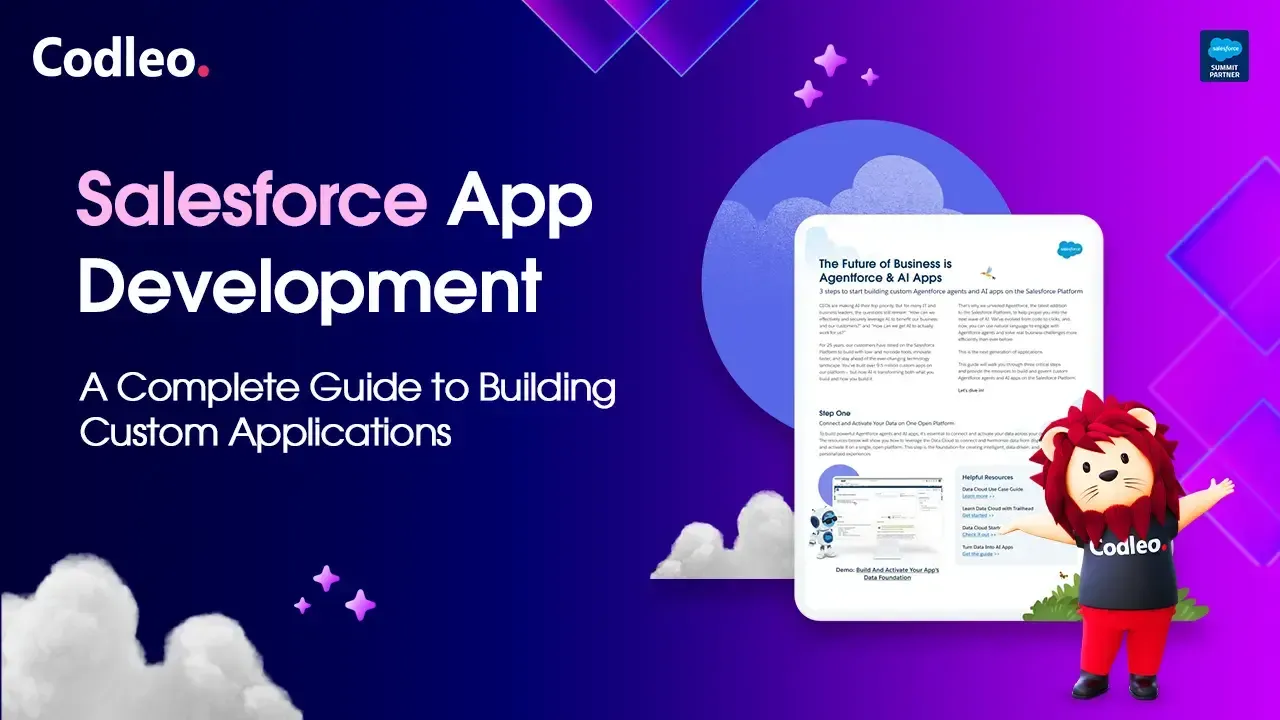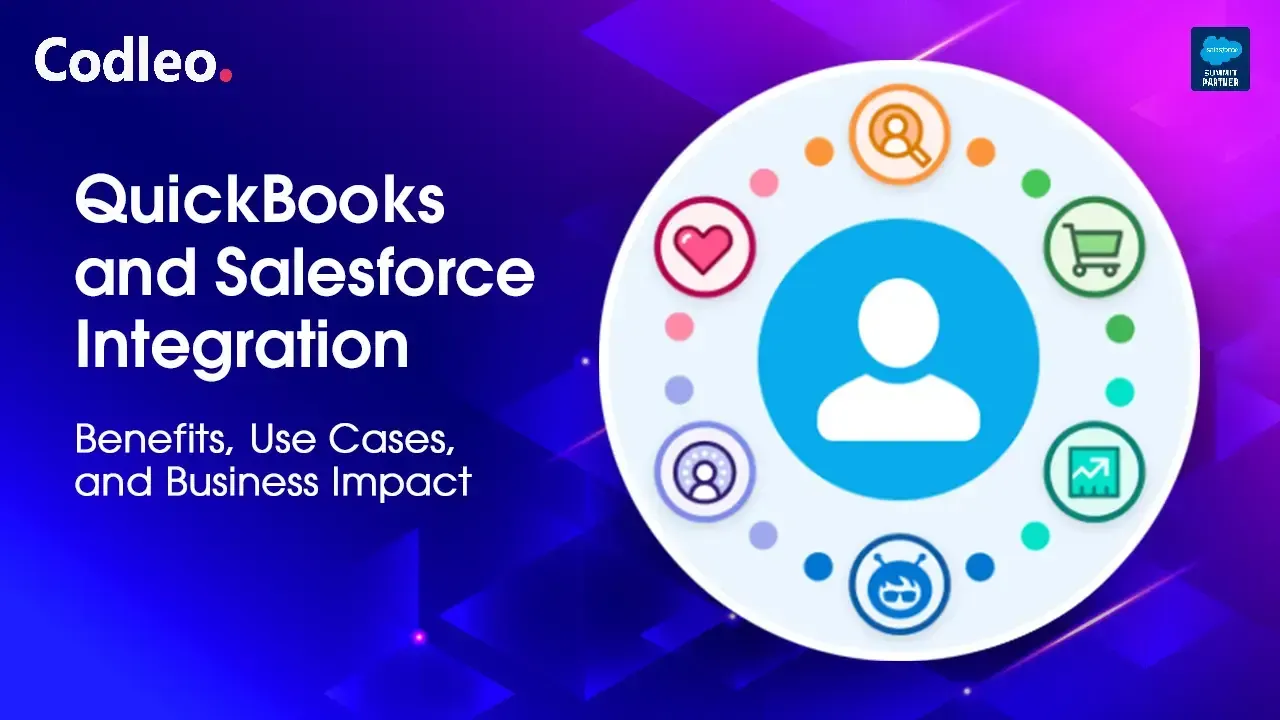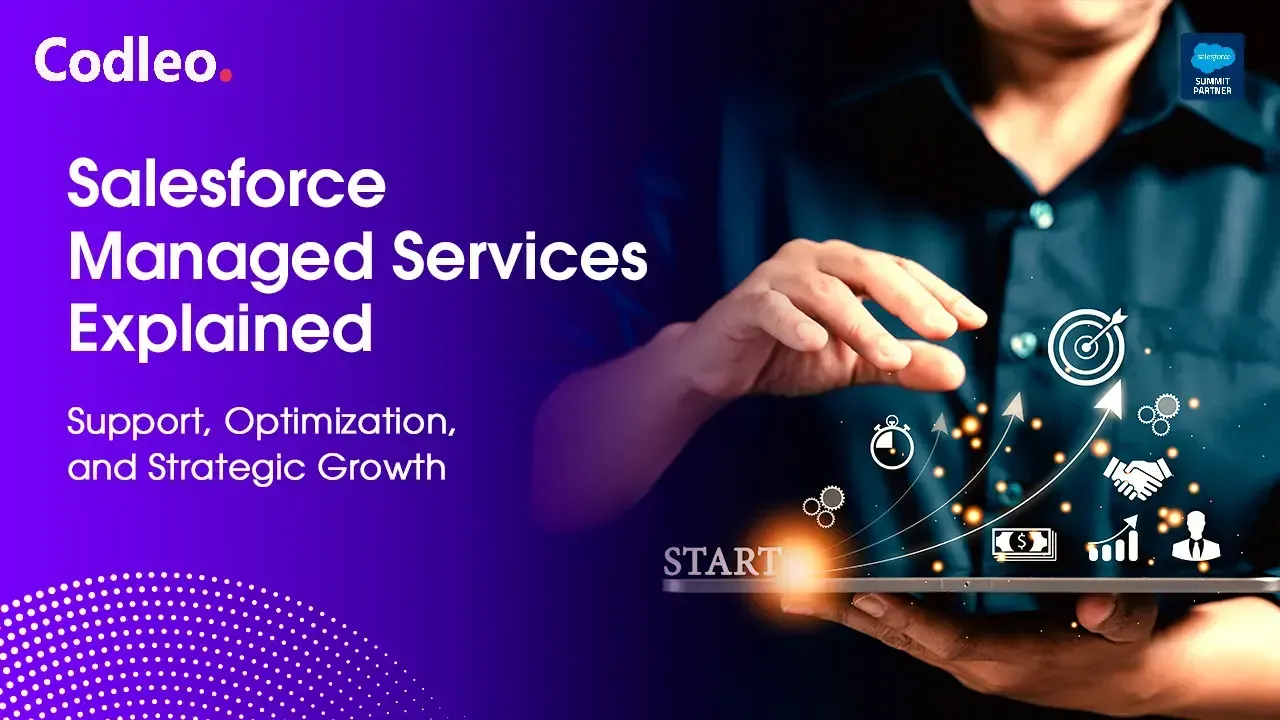Publish date:
The debate, whether to have a CRM in this day and age, is a non – issue anymore. The point for consideration is whether you wish to implement a CRM as it is or take the pain & make the financial investment in curating a custom-made CRM just for you. Customizing takes more time and money but the effort is worth every penny spent.
Why would a company want to customize a CRM?
-
Your business has specific needs and requirements which is not present in CRMs which are off – the – shelf as we say in slang. Hence the need for a customized option to meet your needs.
-
You are looking for a simple CRM as per your needs and not the plethora of functions & features which are complicated and deter usage by employees, especially non – technical ones.
.jpg)
Steps on curating a customized CRM:
-
The first step is to assess whether you need a CRM for your business. What are your goals? Discussions within the company will throw up relevant points, pros, and cons, requirements, and pain points. It will also help the management to consider the budget for this exercise. As we all know customization of any product or solution comes with a heavy price tag, therefore knowledge of spending capacity is critical before jumping in headfirst.
-
The second step is to highlight the different features your curated CRM should possess along with technical specifications. Would you like your CRM integrated with third-party apps? Do you need sales analytical figures? Note down all the features your company would like and then sort them into two categories: mandatory and do-able. The final selection is based on your budget and the goals of the project.
-
Identify the UI/UX design. The interface and user-friendliness of the CRM will determine the adoption and usage of the relevant employees. Hence attention to detail on this is an absolute must. The customization must reflect your brand /entity and all design elements should meet your approval.
-
The next step is when the development of the CRM by the experienced and knowledgeable vendor takes place with constant back and forth, along with interaction on the progress and pain points. Testing by the vendor takes place over time to see that the CRM is proceeding smoothly as the architecture takes shape.
-
The penultimate step of course is the launch of the CRM along with intensive & fun custom training sessions for various teams as per their requirements. A simple CRM with proper training ensures greater adoption and success among the teams using the CRM. So, the scheduling of hands-on training sessions by the vendor are the last and vital step in the CRM implementation process.
-
The final step is to use the CRM, monitor its work, and get feedback from the users on any glitches or rectifications required to ensure its smooth operation. Adjustments and updates will be in continuous mode as part of the contract with the vendor company for post-sales support.















